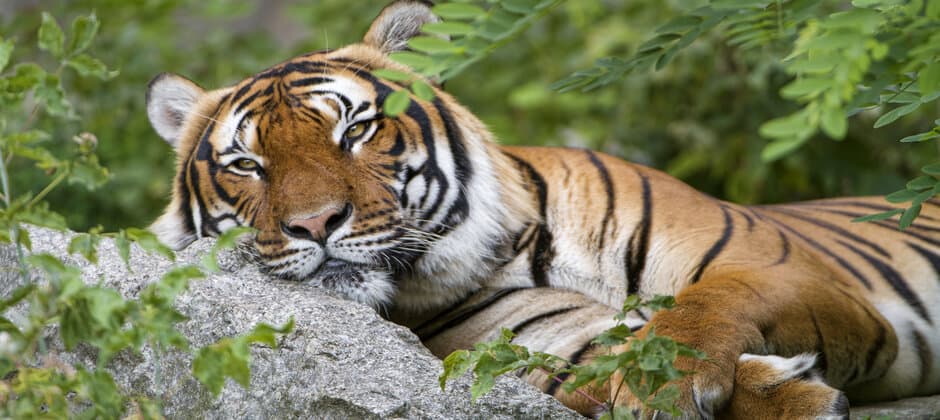Share this article
International endangered species conference approaching
The Convention on the International Trade in Endangered Species is holding its conference in Panama City, Panama in November to discuss the state of international wildlife issues and propose potential solutions to them.
Called CITES for short, the Convention on the International Trade in Endangered Species is an international treaty designed to control and regulate international trade in animal and plant species that are—or may become—threatened with extinction. The agreement currently has 184 member parties and regulates the trade of more than 38,000 species worldwide.
The member parties meet regularly to review the convention’s progress and adjust the lists of protected species, which are grouped into three categories with different levels of protection. Appendix I contains species at the highest risk of extinction; Appendix II contains species that are not yet threatened with extinction, but could become threatened if unlimited trading was allowed; and Appendix III contains species whose trade is only regulated within a specific country but may require international cooperation to avoid exploitation. Since its establishment in 1975, international CITES regulations have successfully reduced trafficking and supported the recovery of critically endangered species like the Nile crocodile (Crocodylus niloticus) and the South American vicuña (Vicugna vicugna).
Key agenda items slated for the upcoming CITES conference include discussions on zoonotic disease; the trade of ivory, big cats, pangolins, sea turtles and sharks; and the role of economic status and gender in people involved in the wildlife trade. Organizers of CITES identified these topics as the most relevant international wildlife issues in 2022-2023 and hope that discussions at the meeting will update classifications and protections for at-risk species; address the socioeconomic factors of wildlife trafficking; and lead to the continued effective conservation of endangered species through trade regulation.
The U.S. Fish and Wildlife Service invited the public to suggest proposed resolutions, decisions and stances on the convention’s agenda. At the 2019 conference, the United States was integral in passing giraffe protections, but with the 2022 conference eight months away, the Biden Administration remains undecided on how it will participate in discussions this year. The USFWS will use this feedback to guide the United States’ stances, suggestions and extent of participation in the international conference.
In addition to the United States, other CITES party members are gearing up for the conference. Canada has historically taken on a leadership role in CITES, and currently serves as Chair for the Standing Committee, which oversees the progress of all other working groups. The Canadian government adheres by a set of principles that instructs its officials to actively participate in deliberation and decision-making, as well as implement the measures outlined by the most up-to-date agreement. Canada has yet to comment on the upcoming CITES meeting, but will likely release its annual Wild Animal and Plant Trade Protection Act report before November.
Header Image: All wild cats, including tigers, are protected under CITES, meaning international trade of live animals or their parts is either prohibited or highly regulated. Credit: Tambako the Jaguar








